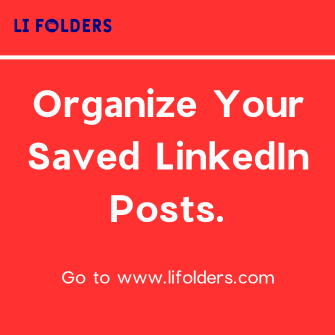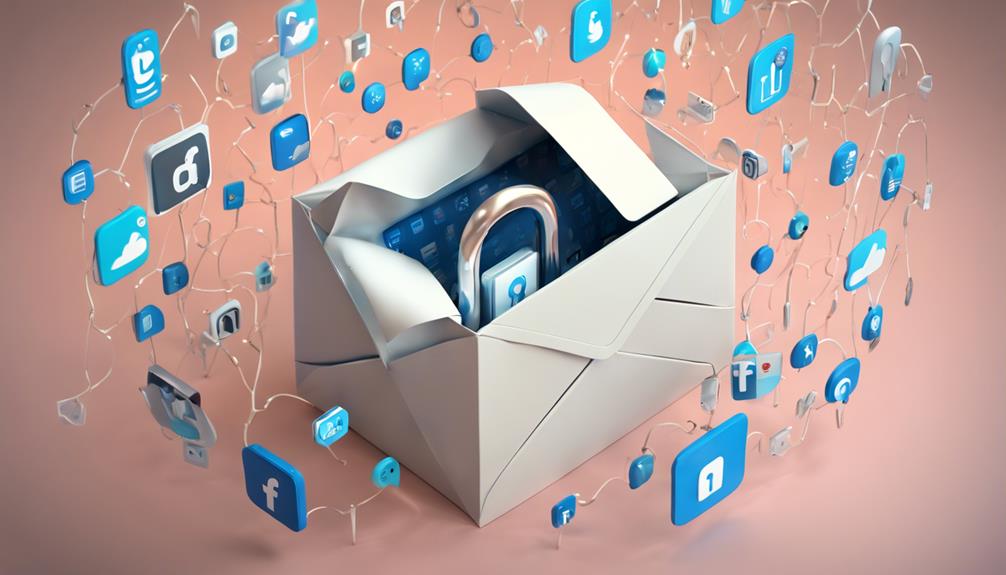
Your messages on LinkedIn aren't completely private. While the platform ensures a level of confidentiality, it's important to know that your conversations can be accessed by LinkedIn's staff and might be disclosed due to legal issues. The data you share could also fall into the hands of unintended recipients or hackers, especially since messages are stored on servers. Use caution when sharing sensitive information and consider enhancing your account's security settings, such as enabling two-factor authentication and customizing privacy controls. Exploring more about these protections can offer deeper insight into keeping your interactions secure.
Understanding LinkedIn's Privacy Policy
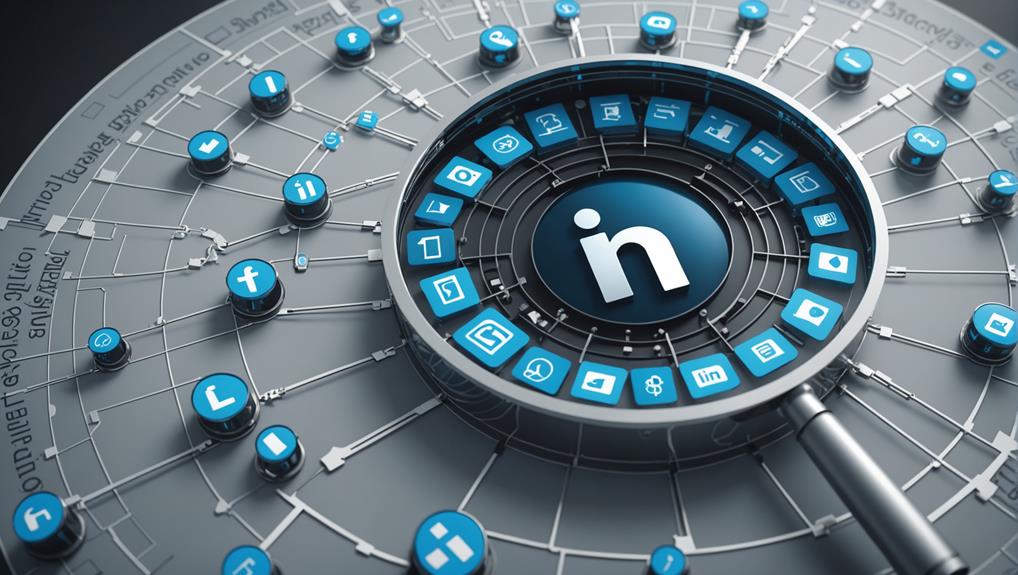
To best protect your personal information, it's crucial to understand LinkedIn's Privacy Policy. When you're part of this network, you're not just a user; you're a member of a vast community of professionals. Knowing how your data is used and shared helps you maintain control and fosters a sense of security within this community.
LinkedIn's Privacy Policy clarifies what information they collect, including the details you provide during registration and the data generated as you use the platform. This might include job-related data, educational history, and your interactions with other users. They collect this to tailor your experience, helping you connect with like-minded professionals and opportunities that resonate with your career goals.
It's important to understand that while LinkedIn aims to empower your professional life, they also share your data with third parties under specific conditions. These partners help LinkedIn provide personalized advertisements and improve functionalities, enhancing your networking experience. However, they are bound by confidentiality agreements to ensure your information is handled securely.
How LinkedIn Messages Work
Understanding how LinkedIn messages function can significantly enhance your networking capabilities on the platform. When you're looking to connect with others, you're not just sending out messages into the void—you're engaging with a community that values professionalism and growth.
Once you've connected with someone on LinkedIn, you can send them direct messages. It's as simple as visiting their profile and clicking the "Message" button. This opens up a private chat window where you can type your message and hit send. If you're part of the same LinkedIn group as someone else, you don't even need to be connected to send an initial message, which makes it easier for you to reach out to like-minded professionals.
Your messages should be concise and to the point, reflecting the professional nature of the platform. Remember, this isn't just text messaging or emailing; it's a space where you're building professional relationships. Engaging in meaningful conversations can lead to opportunities for collaboration, job offers, or valuable insights into your industry.
Risks of Messaging on LinkedIn
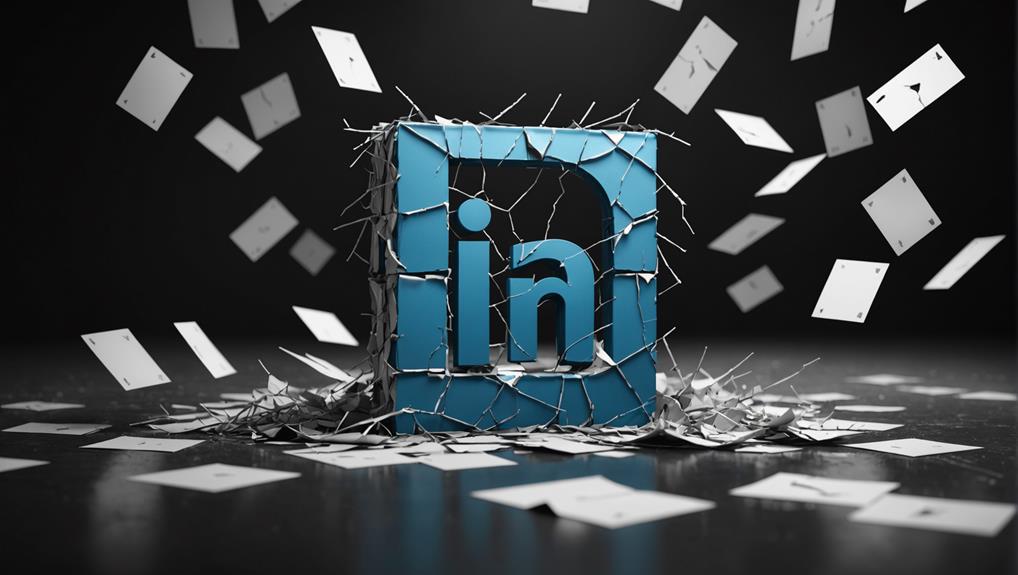
While LinkedIn is a powerful tool for professional networking, you should be aware of the privacy risks associated with messaging on the platform. When you send messages, remember that they're not just between you and the recipient. LinkedIn's servers store your conversations, and under certain circumstances, they could be accessed by the company's staff or, in rare cases, by hackers. This isn't just about keeping secrets; it's about knowing who might peek into what you consider private exchanges.
You're part of a vast network of professionals on LinkedIn, which includes people from all walks of your professional life. This means any shared information could unintentionally reach someone you didn't intend. For instance, you might discuss a job change or share sensitive business ideas that could be detrimental if leaked to competitors or the public. Furthermore, your messages could be subject to legal requests or investigations, which means they might be disclosed without your consent.
Always think twice before sharing personal information or sensitive business details over LinkedIn messages. Consider the potential consequences of your information becoming more public than you intended. Remember, you're not just building connections; you're also managing your professional reputation.
Comparing Privacy Across Platforms
You'll find that LinkedIn's privacy measures differ significantly from those on other social media platforms. While platforms like Facebook and Twitter emphasize sharing and connectivity, LinkedIn prioritizes professional discretion and networking privacy. This focus makes you feel safer when exchanging messages or networking details, fostering a sense of belonging in a professional community where your privacy is respected and valued.
On Instagram or Snapchat, messages might feel fleeting with a more casual approach to privacy. These platforms cater to a broader, often more personal interaction that can sometimes blur the lines of professional boundaries. In contrast, LinkedIn ensures that your communications are seen as part of your professional portfolio, not just casual chats. This distinction is crucial because it aligns with the need to maintain a polished and professional image online.
Understanding these differences helps you navigate each platform with the right expectations and interactions. You're not just using a tool; you're part of a community that values professional integrity and the safeguarding of personal information. This understanding empowers you to make informed decisions about where and how to invest your online interactions, ensuring they contribute positively to your professional life.
Enhancing Your LinkedIn Security
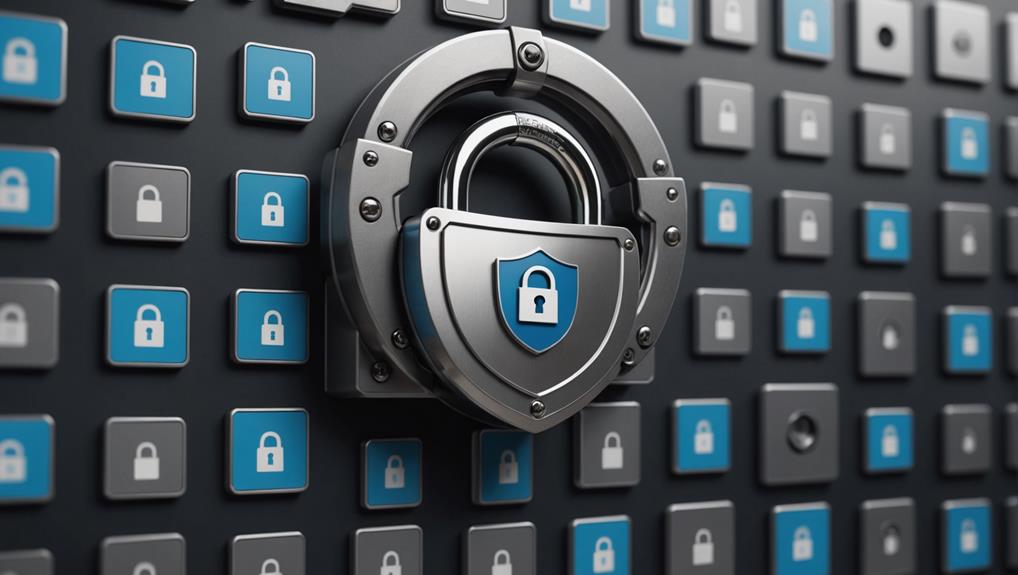
Now let's explore how you can further secure your LinkedIn profile to protect your professional interactions. In a community like LinkedIn, where you're striving to connect, share, and grow alongside your peers, it's crucial that you feel safe and your information stays protected.
First, regularly update your password and make sure it's unique—not something you've used on other sites. You'd be surprised how often security breaches happen simply because of reused passwords. Also, turn on two-factor authentication (2FA) in the settings. This adds an extra layer of security, needing not just your password but also a code sent to your phone.
Be selective about who you connect with. It's tempting to accept invitations from everyone to expand your network, but this can open doors to risks. Scrutinize profiles before accepting to ensure they belong to real, reputable professionals.
Lastly, customize your privacy settings. LinkedIn allows you to control who sees your connections, updates, and how others can share your content. Dig into these settings and adjust them to suit your comfort level—you're in control of your digital space.
Common Privacy Misconceptions
Many people mistakenly believe that setting their LinkedIn profile to private completely shields their activities from all other users. However, this isn't entirely true. While privacy settings can limit who sees your posts and profile details, they don't block all visibility. For example, your public comments on others' posts are still visible to a wide audience, including shared connections. It's important you're aware of these nuances so you don't feel unexpectedly exposed.
You might also think that once you've customized your settings, you're invisible to recruiters or potential employers who aren't in your network. Yet, they can still access some information through mutual connections or when you engage in public groups and discussions. This is especially relevant if you're job hunting or networking. Remember, being part of the LinkedIn community means your activity, to some extent, is out there for others to see.
Future of Privacy on LinkedIn
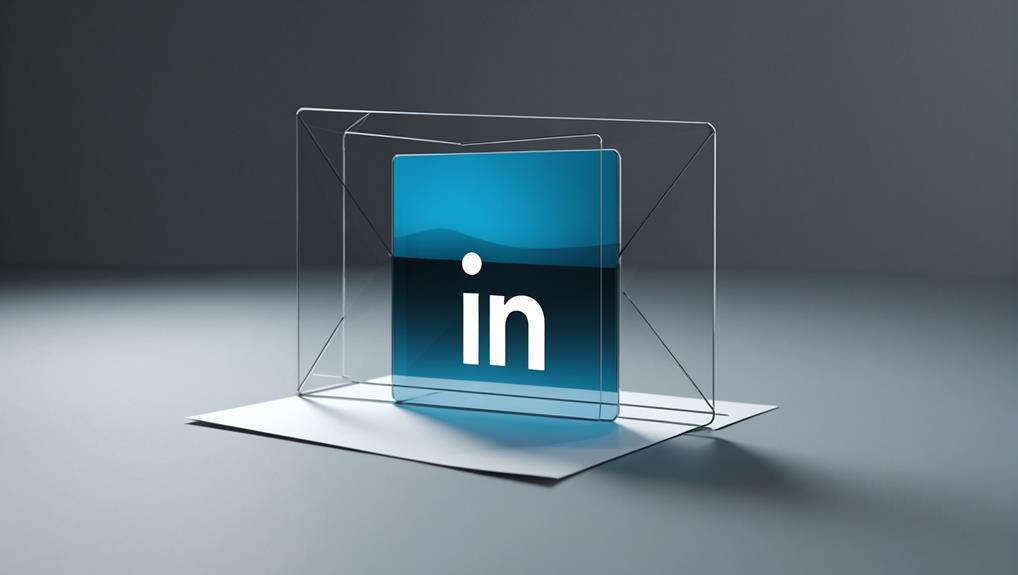
LinkedIn's privacy landscape is set to evolve, potentially enhancing how you control your personal data and visibility. As you navigate your career path, it's comforting to know that you're not alone. LinkedIn is actively working to fortify your connections and interactions, making it a safer space to share your professional milestones and setbacks.
In the near future, expect more robust privacy controls that reflect your need for a more personalized experience. You'll likely see settings that allow you to fine-tune who sees what, ensuring that your professional life remains as public or as private as you wish. This means not just more control, but smarter control, tailored to fit the unique contours of your professional journey.
Moreover, LinkedIn's commitment to transparency will help you understand exactly how your data is used and shared within the network. This openness isn't just about following regulations; it's about fostering trust and community. Knowing that you have a say in your data's usage empowers you to engage more freely and confidently.
As these changes roll out, you'll feel even more at home on LinkedIn, assured that your professional identity and personal data are secure and respected. Embrace this evolving platform, where your sense of belonging grows alongside your career.
Conclusion
As you navigate LinkedIn, remember that while messages are intended to be private, absolute privacy isn't guaranteed. Always be cautious about what you share. Enhance your security settings and stay informed about privacy updates. Other platforms may offer different privacy levels, so compare them to find what suits you best. Privacy norms are evolving, and so will LinkedIn's features. Stay proactive and safeguard your digital conversations to maintain your professional integrity.






